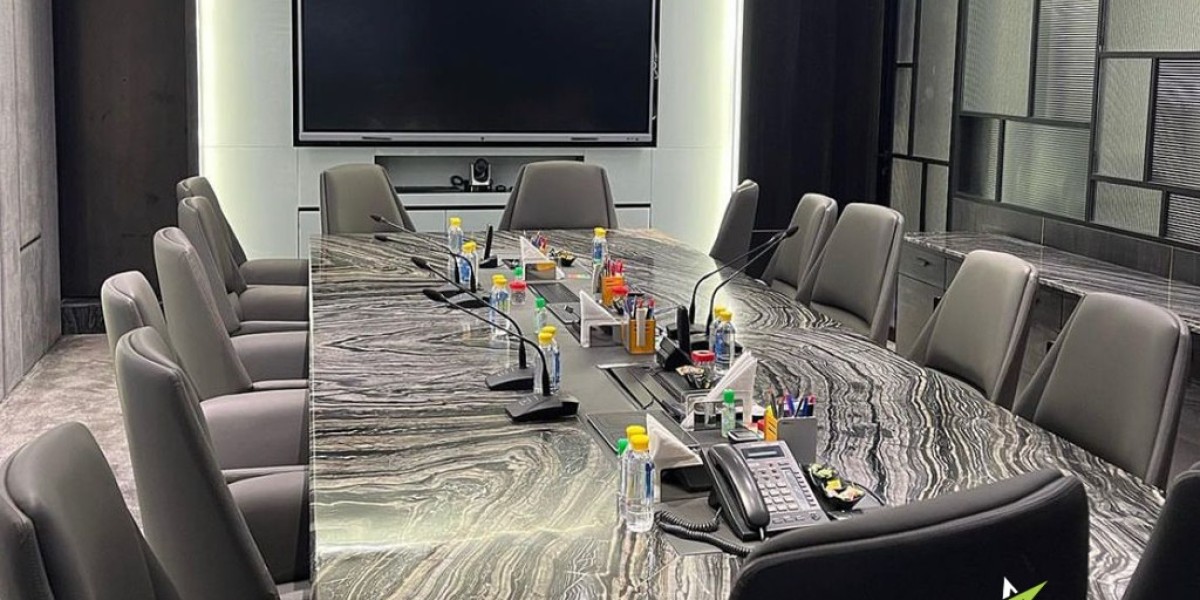The medical spa industry has experienced remarkable growth over the last decade. From injectables and dermal fillers to advanced skin rejuvenation and wellness therapies, med spas offer a wide range of aesthetic and medical services. However, with this growth comes the responsibility to ensure patient safety, compliance with state laws, and the delivery of high-quality care. One of the most effective ways to achieve these goals is through collaboration with a physician. Whether it is a supervising medical director, a collaborating psychiatrist for mental wellness services, or a physician consultant for specific treatments, physician collaboration forms the backbone of a safe and successful med spa practice.
In this blog, we’ll explore why physician collaboration is essential for med spas, the roles physicians play, how collaboration works in practice, and best practices for establishing strong professional relationships that enhance patient care.
The Importance of Physician Collaboration in Med Spas
Med spas operate at the intersection of healthcare and aesthetics. While many treatments offered in med spas are minimally invasive, they still carry risks that require proper oversight. Physician collaboration provides a safety net that ensures procedures are performed responsibly, complications are managed effectively, and treatments align with evidence-based practices.
Additionally, many states legally require physician involvement in med spa operations. Nurse practitioners, physician assistants, and registered nurses may need a supervising or collaborating physician to legally provide services such as Botox, fillers, or hormone replacement therapy. This collaboration not only satisfies compliance requirements but also reassures clients that the treatments they receive meet professional medical standards.
Roles Physicians Play in Med Spa Collaboration
Physician collaboration can take different forms depending on the services a med spa offers and the expertise of the providers. Some common roles include:
1. Medical Oversight and Supervision
Physicians often serve as medical directors who oversee clinical protocols, review treatment plans, and ensure staff are properly trained. Their role is to safeguard patient health while allowing non-physician providers to perform procedures within their scope of practice.
2. Collaborating Psychiatrist in Wellness-Focused Spas
Some med spas are expanding into holistic health and wellness services, which may include stress management, weight loss, or mental health support. In these cases, a collaborating psychiatrist provides valuable expertise. They can evaluate patients for underlying conditions, prescribe medications when necessary, and guide treatment programs that integrate both mental and physical health.
3. Specialty Physician Consultants
Certain advanced procedures, such as regenerative medicine, laser therapies, or IV infusion treatments, may require input from specialists like dermatologists, plastic surgeons, or internal medicine physicians. Their expertise ensures treatment protocols are not only safe but also optimized for patient outcomes.
4. Compliance and Risk Management
Physicians also play a critical role in ensuring that med spas adhere to state regulations and industry standards. By guiding clinical documentation, handling adverse events, and implementing safety protocols, they minimize risks and protect the practice from legal liabilities.
How Physician Collaboration Benefits Med Spas
A well-structured physician collaboration doesn’t just meet legal requirements—it actively strengthens a med spa’s reputation, efficiency, and patient satisfaction. Key benefits include:
Enhanced Patient Safety: Physicians ensure that only medically appropriate treatments are performed and complications are promptly managed.
Regulatory Compliance: Collaboration prevents violations that could result in fines, penalties, or license suspension.
Credibility and Trust: Clients are more confident when they know a physician is part of the care team.
Expanded Services: With physician collaboration, med spas can offer advanced treatments that may otherwise be unavailable.
Professional Development: Staff benefit from continuous learning under physician guidance, improving their skill sets and confidence.
Best Practices for Establishing Physician Collaboration
For med spa owners and providers, building a strong physician partnership requires careful planning and communication. Here are some best practices:
1. Choose the Right Physician Partner
Look for a physician with experience in aesthetics, dermatology, or the specific services your med spa offers. For wellness-focused spas, a collaborating psychiatrist or internal medicine doctor may be ideal.
2. Define Roles and Responsibilities
Clearly outline what the physician’s role will be—whether it’s medical director oversight, treatment protocol development, or ongoing consultation. A written agreement should detail expectations, responsibilities, and compensation.
3. Maintain Open Communication
Successful collaboration relies on frequent and transparent communication. Regular meetings, case reviews, and shared feedback channels ensure everyone is aligned on patient care.
4. Invest in Staff Training
Physicians should be involved in staff education and training to ensure procedures are performed safely and effectively. This also creates a culture of continuous improvement within the spa.
5. Stay Updated on Regulations
State laws governing med spas vary widely and may change over time. Collaborating physicians should work closely with med spa leadership to keep policies compliant with evolving legal standards.
Physician Collaboration and Mental Health in Med Spas
A growing number of med spas are incorporating wellness and mental health services alongside aesthetics. For example, services like stress reduction therapies, weight management programs, and holistic wellness treatments often benefit from psychiatric oversight. A collaborating psychiatrist can assess clients for conditions like anxiety, depression, or eating disorders, ensuring they receive safe and effective support.
This integration highlights a broader trend in healthcare: the blending of beauty, wellness, and mental health into comprehensive patient care. With physician collaboration, med spas can offer a holistic experience that goes beyond surface-level aesthetics to promote overall well-being.
Overcoming Challenges in Physician Collaboration
While collaboration offers numerous benefits, it also comes with challenges. These may include differences in clinical philosophy, communication gaps, or logistical issues such as physician availability. Overcoming these obstacles requires patience, professionalism, and mutual respect.
One practical solution is to establish structured collaboration agreements, set clear boundaries, and leverage telemedicine for consultations when in-person oversight is not possible. With technology and proper planning, even busy physicians can stay actively involved in a med spa’s operations.
The Future of Physician Collaboration in Med Spas
As the med spa industry continues to evolve, physician collaboration will remain a cornerstone of safe and effective practice. Advances in telehealth, AI-driven treatment planning, and cross-specialty partnerships are likely to make collaboration more seamless and accessible.
Furthermore, the growing integration of psychiatry, wellness, and aesthetic medicine suggests that physician partnerships will expand beyond traditional medical directors. Future med spas may rely on diverse teams of specialists—from psychiatrists and dermatologists to nutritionists and wellness physicians—to deliver truly holistic care.
Conclusion
Physician collaboration is more than a regulatory requirement—it is a key driver of patient safety, clinical excellence, and long-term success in the med spa industry. Whether through medical directors, collaborating psychiatrists, or specialty consultants, physicians bring essential expertise that elevates both patient care and business credibility.
For med spa owners, building strong collaborative relationships with physicians ensures compliance, enhances services, and builds trust with clients. By embracing this model, med spas can thrive in an increasingly competitive market while staying true to their mission of combining beauty, health, and wellness.









